BIOMINERALIZERS
Symbio-metallurgical Devices for Biomining
Biomineralisers become a means to refine rare earth minerals from their ores using biological processes of biomining and bioleaching. Biomineralisers also apply these methods combining them with wastewater electrolysis for bioremediation of contaminated effluent sites left behind after centuries of mineral exploitation. Together with biochemical processes of microbial growth, the bioactive carbon medium provides a proven, effective, and cheap means to clean up nitrates, phosphates, and heavy metals from freshwater ecosystems. The yield quantities are low but are in sync with the need for slow fabrication processes that have become the norm for producing many rare-earth-dependent high-tech goods. Certain strains of fungi and species of plant organisms known to biologically leach minerals from ores are applied here, working together with metabolic systems. In addition to copper and gold production, biomining can also be operated on local scales to refine elements such as cobalt, nickel, zinc, and uranium. Biomining has also been applied in processing sulphide and uranium ores, showing remarkable opportunities for remediating soils and water bodies.
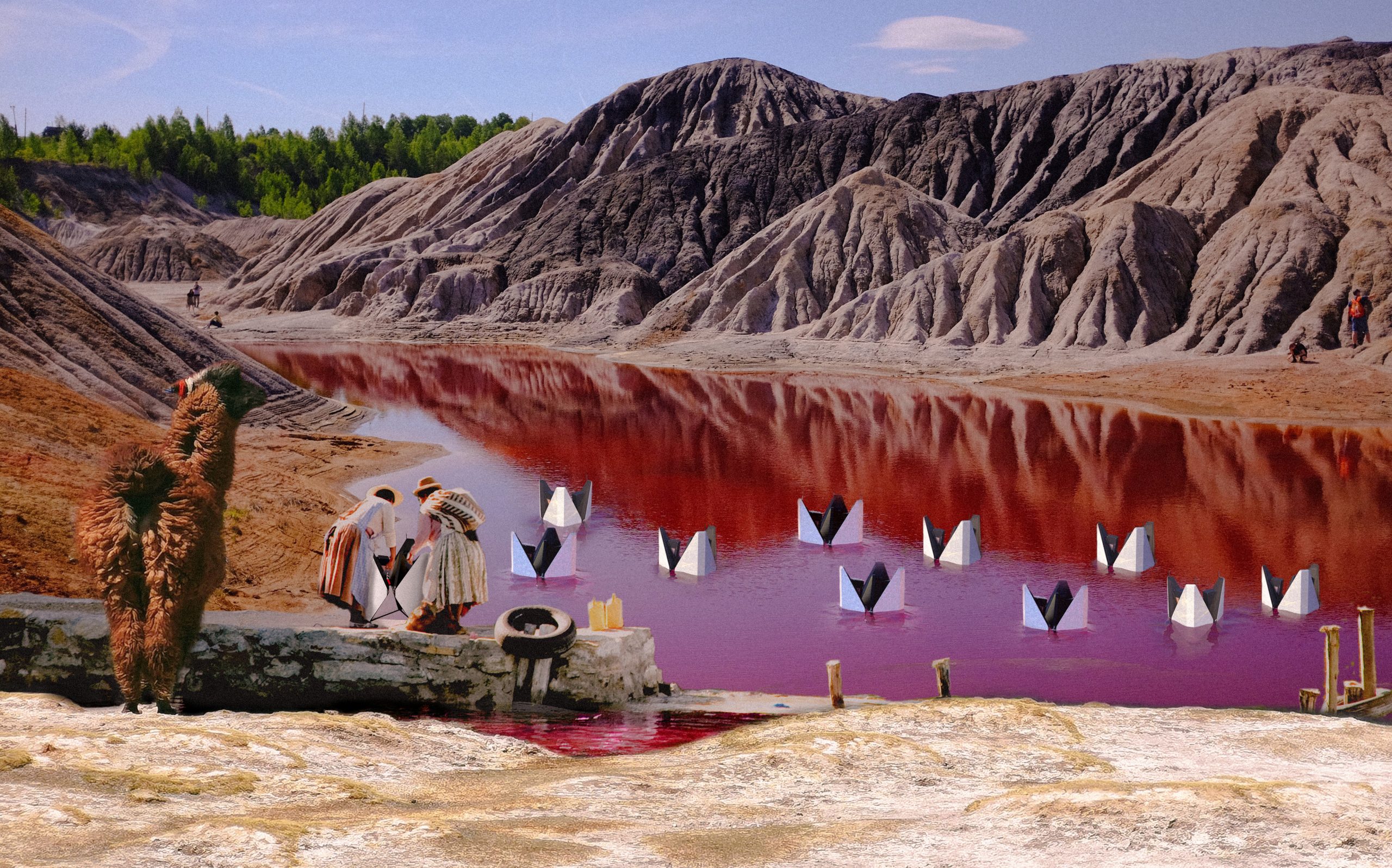
Figure: Concept Render showing Coral seeding festivals popular with coastal communities apply a mix of mangrove and coral seeding techniques for ecosystem regeneration.
Biomineralisers are dual-purpose instruments, remediating water bodies polluted by centuries of mineral exploitation while cultivating rare-earth minerals. Paired with wastewater electrolysis and biochemical deposition, they provide a cost-effective solution for purging nitrates, phosphates, and heavy metals from soil and freshwater ecosystems. It is also deployed in processing sulphide and uranium ores, promising soil and water body remediation and influencing material cultures observed in the hi-TEK practises of the Masisi people. Despite modest yields, biomineralisers offer high-purity throughput, aligning with 22nd-century Slow Fabrication standards. Their invention has seen a whole new field of metallurgical practises called Symbio-metallurgy.
I conducted seawater electrolysis experiments based on Hilbertz' work but this time with a carbon substrate. I 3D printed a conductive graphite PLA filament and electroplated it with seawater to illustrate a carbon-negative coral sample.
Images: Microscopic deposition of Amorphous Aragonite on conductive pyrolyised carbon structures.
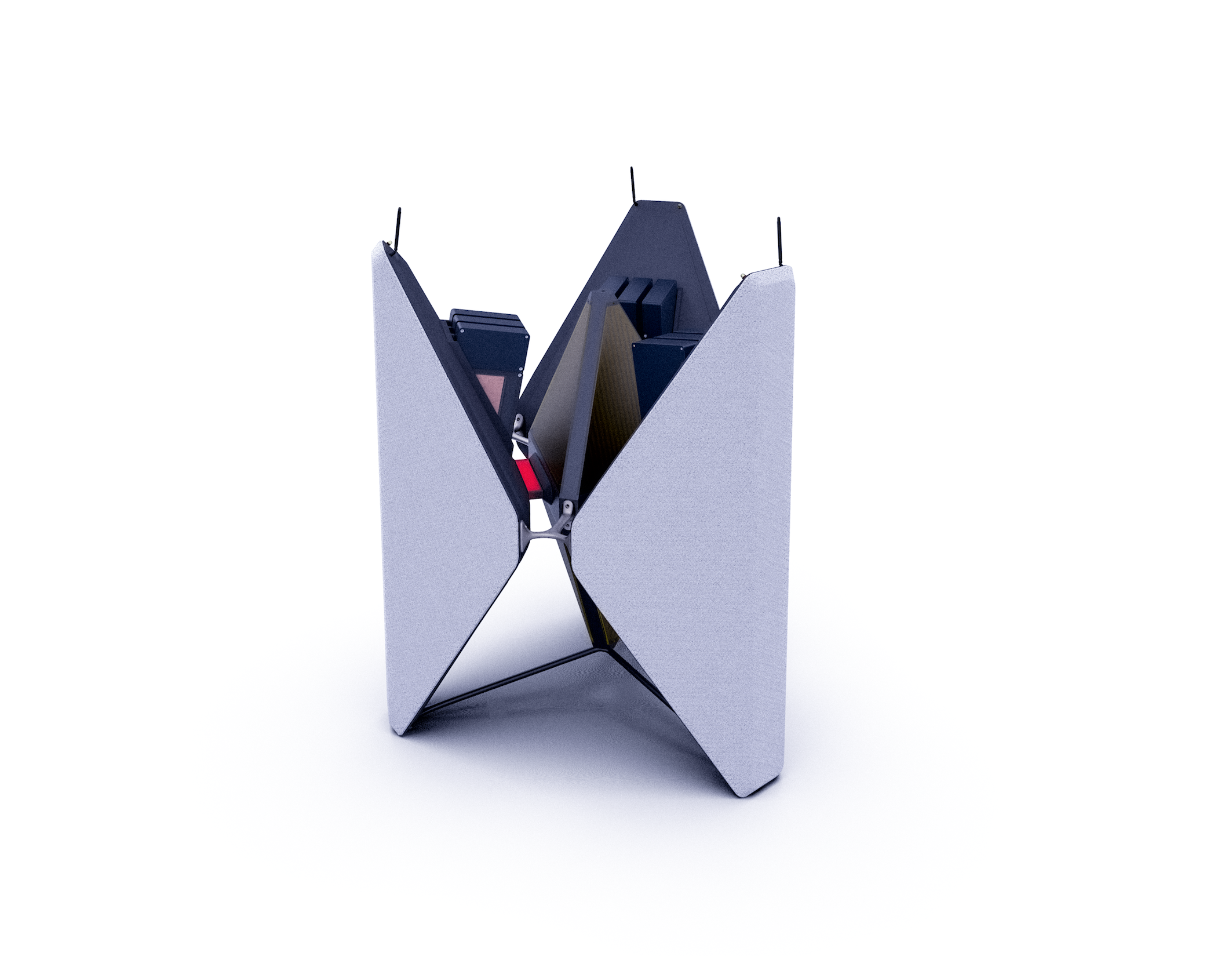

As a rewilding and regeneration strategy, it shows possibilities for recovery of coral reefs at incredible rates, even if damaged beyond repair, by combining with traditional ‘seeding’ and coral nurseries and aiding in their rapid recovery, making possible highly resilient and accelerated artificial reefs to also be scalable. These mangrove-coral sea walls are designed to protect from intense hurricanes and more energetic storm seasons in regions most vulnerable to climate extremes by absorbing the energy and the subsequent storm surges and sea level rise. These reclaimed ecosystems, like the climate resilience zones (CRZs) on land, are meant to rehabilitate coastal communities by stemming storm energy but also provide sanctuary for corals to survive bleaching events, revive fisheries and sustenance to coastal communities while also reviving marine biodiversity.
Read More: Beyond Vaporware: Remembering the Blue Reparations Programs in The Open Journal of ReFuturing (2131)
Selected Works

Biomineralzerreserach product
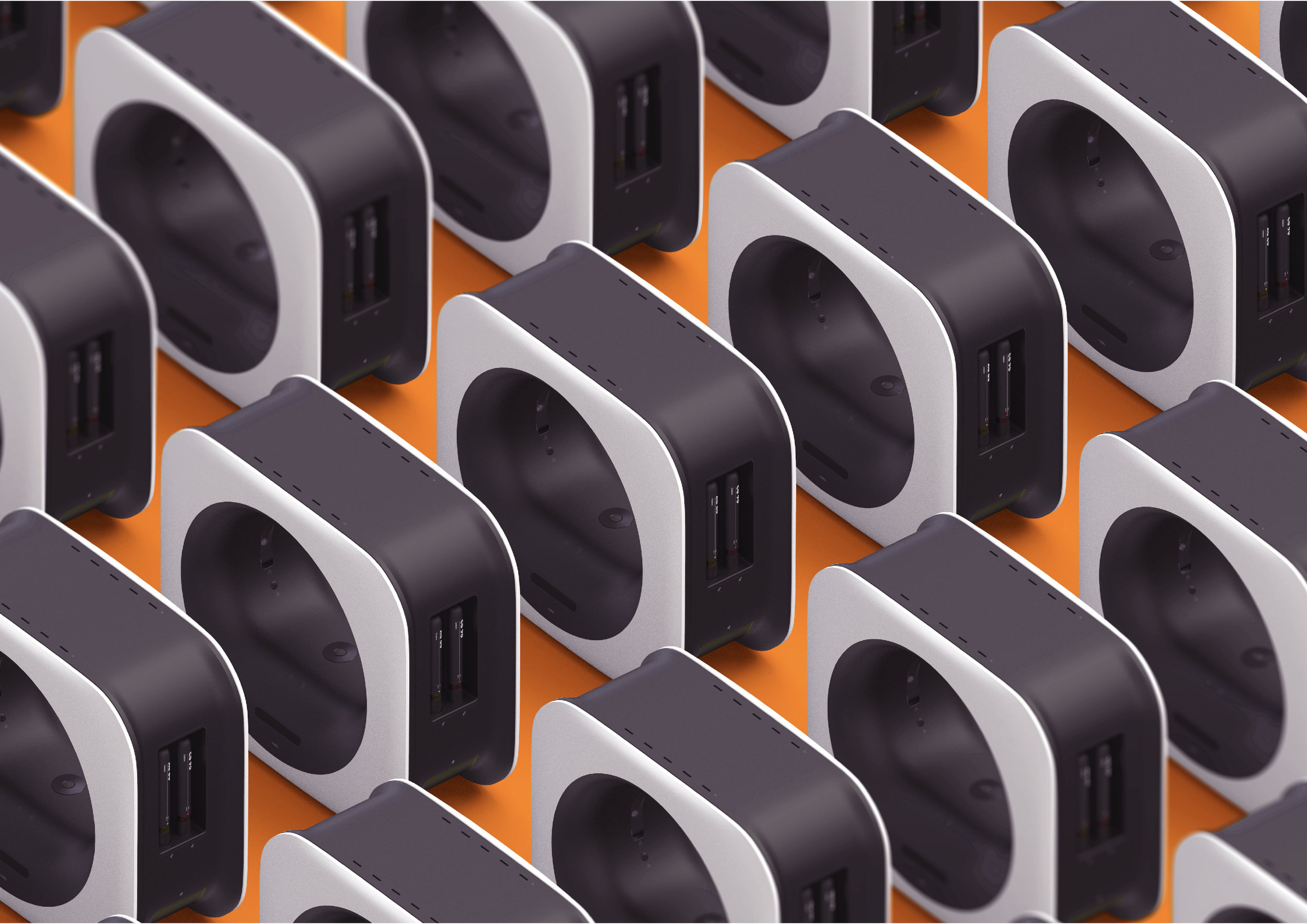
biomAreserach product

nuoreserach product
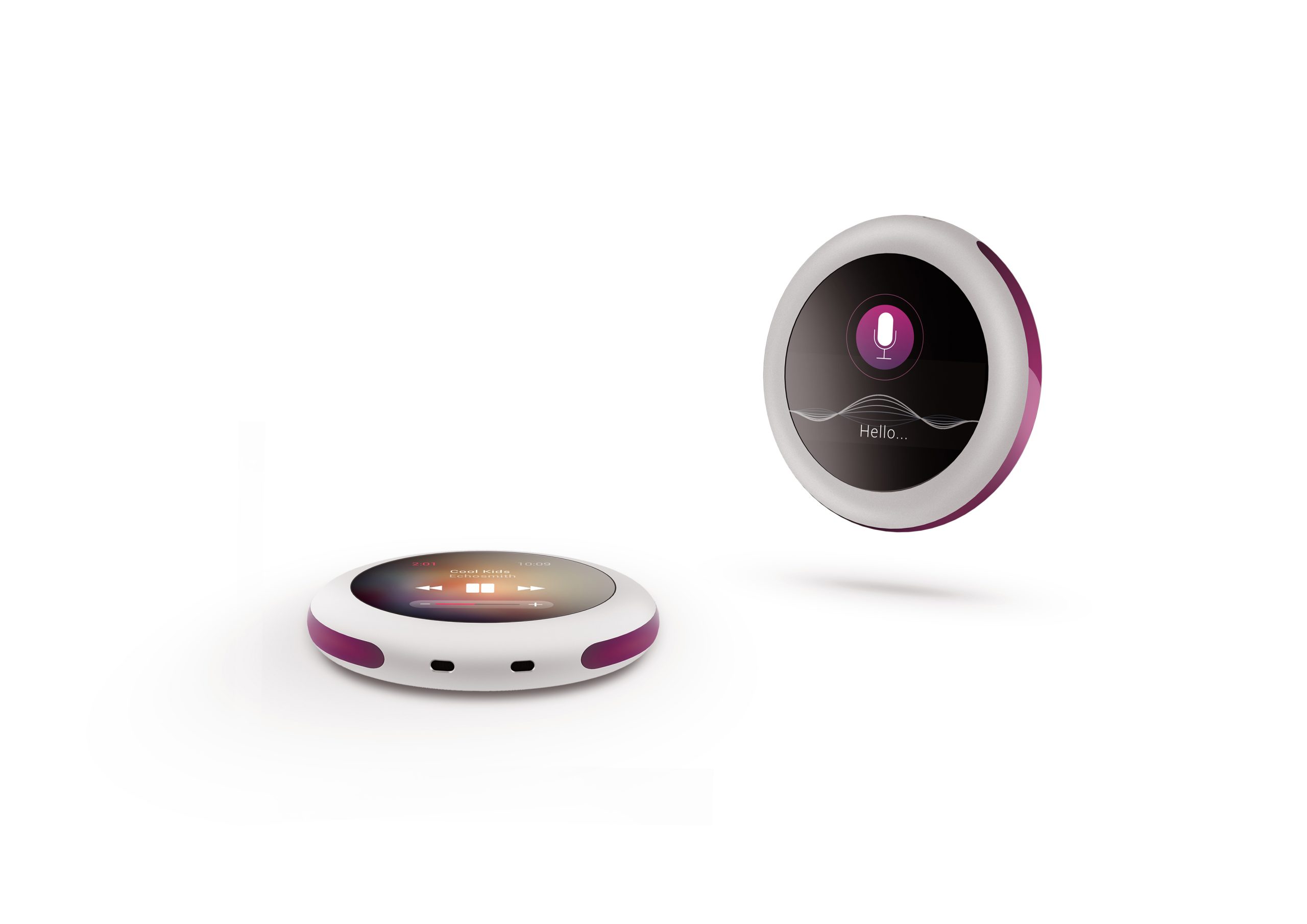
ipod proreserach product

Firefly Seeders (螢火蟲)research product
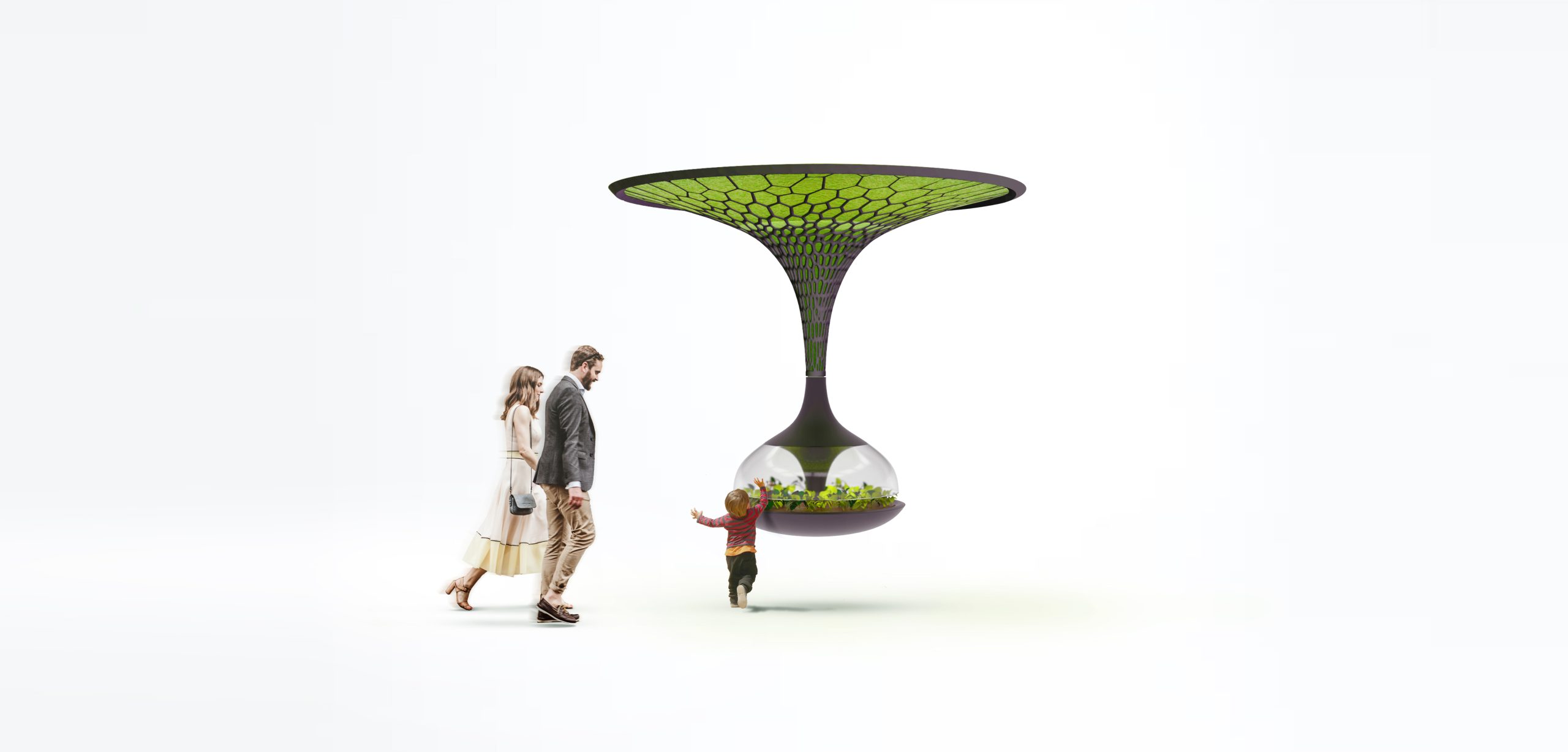
Kalo Probalreserach product
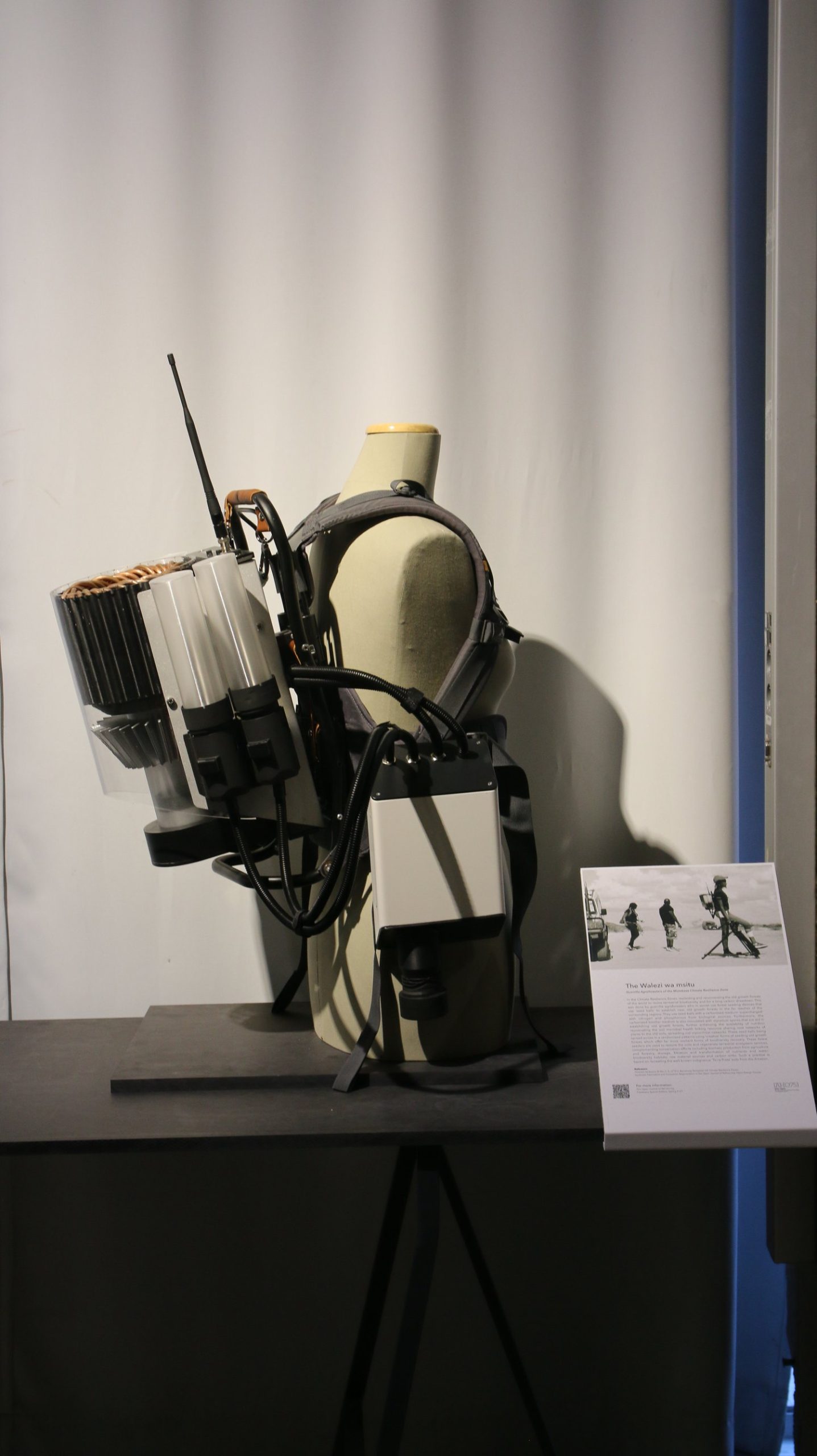
Walezi Wa Msitudesign research
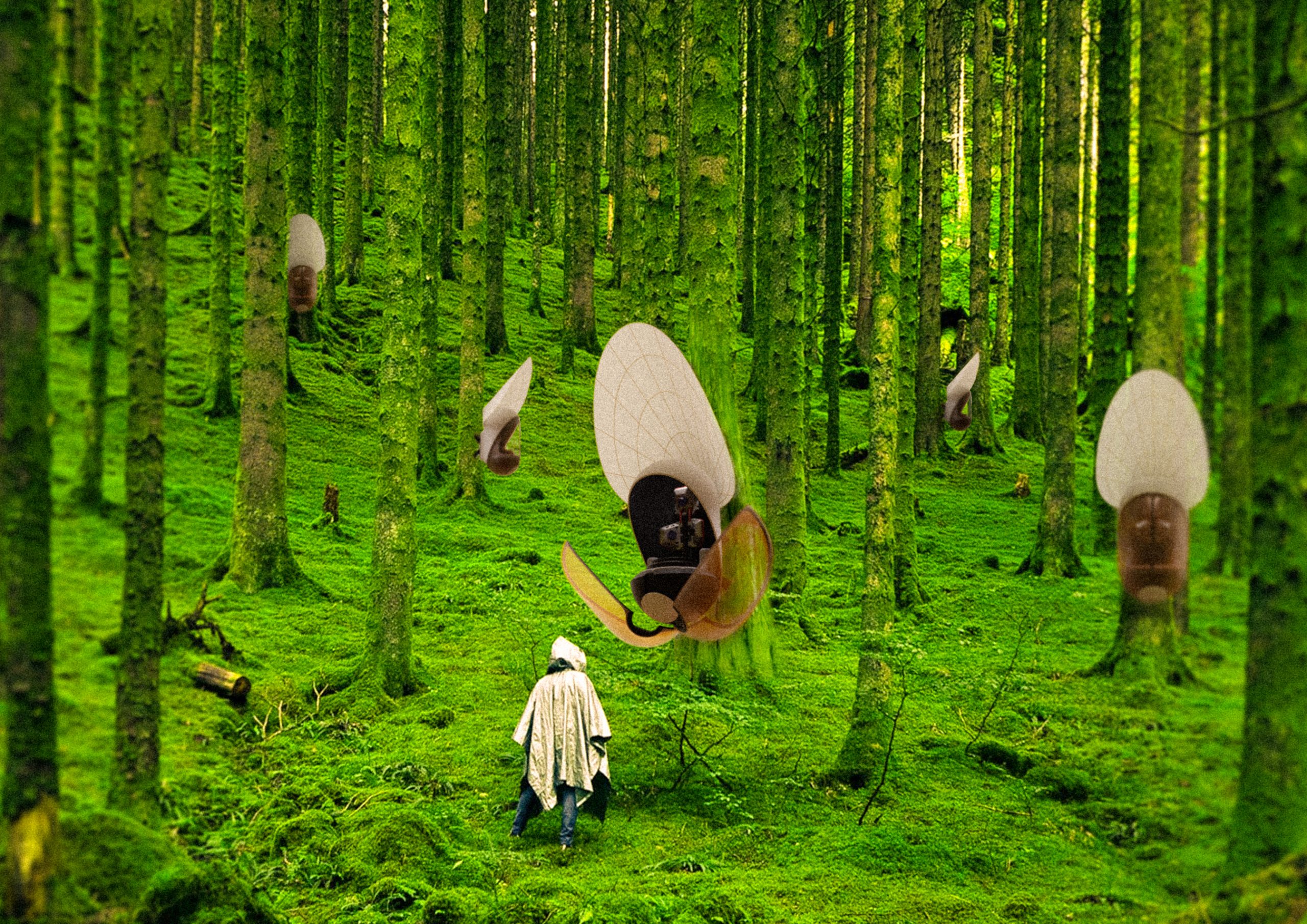
SymFabsProject type
